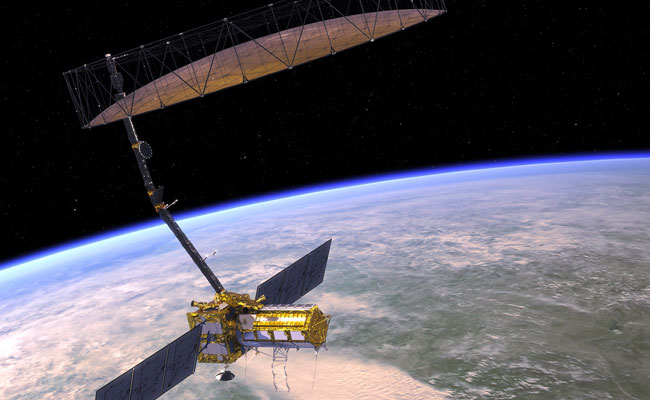NASA-ISRO Joint Satellite – NISAR
Sakshi Education

- NISAR is an earth-observing satellite planned to be launched in 2024. It stands for NASA-ISRO Synthetic Aperture Radar. SAR creates two-dimensional and three-dimensional reconstructions of landscapes. NISAR is jointly developed by NASA and ISRO. Recently, NISAR left the Jet Propulsion Laboratory of NASA located in California to India.
- NISAR is a three-year mission. A part of the NISAR satellite is developed on US soil. This part payload is now being transported to India’s U R Rao Satellite center in Bengaluru from JPL in California.
Radar systems in NISAR
- L – Band SAR: Designed and Created by JPL of NASA; Wavelength: 23 cm; Greater penetration to forests
- S-Band SAR: Designed and created by ISRO; Wavelength: 12 cm; Used for heavy weather and bird detection
>> Download Current Affairs PDFs Here
Download Sakshi Education Mobile APP

Studies
- The NISAR will study the following:
- Antarctic cryosphere: Cryosphere is the part of the earth where water is in a solid state
- Ice masses will be monitored at a frequency of four to six times a month
- Measure ecosystem disturbances
- Natural hazards such as volcanoes, tsunamis, landslides, earthquakes, etc.
- Ice sheet collapses
Published date : 06 Feb 2023 05:44PM



















